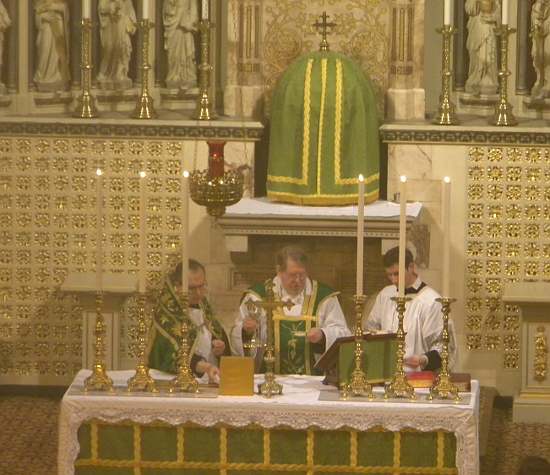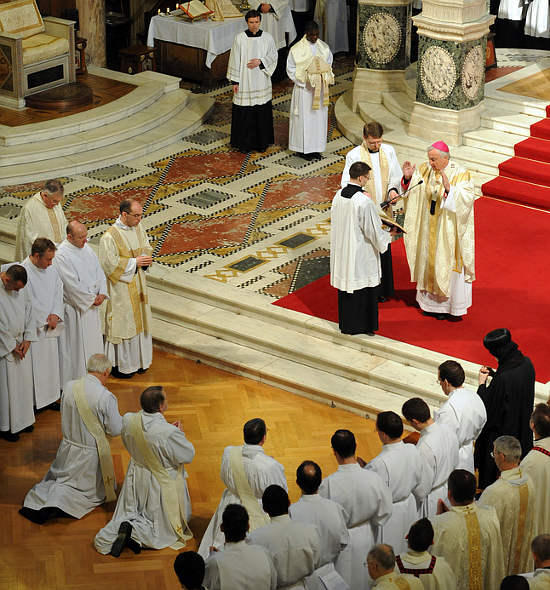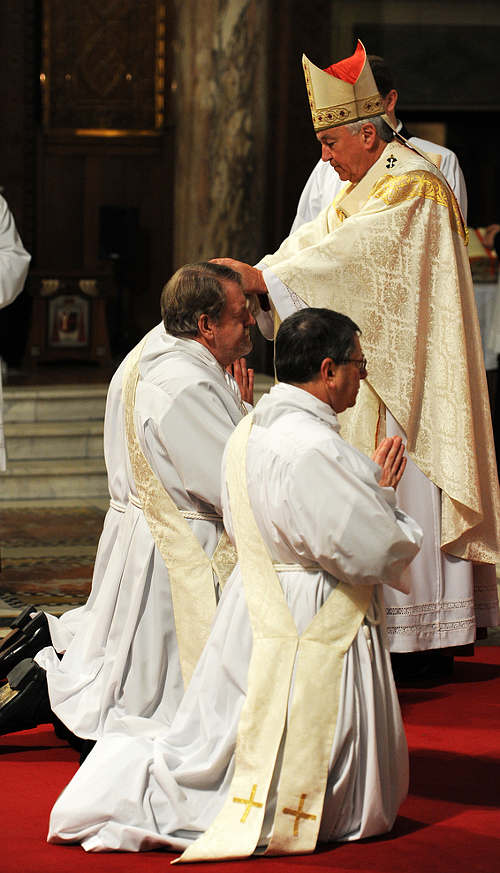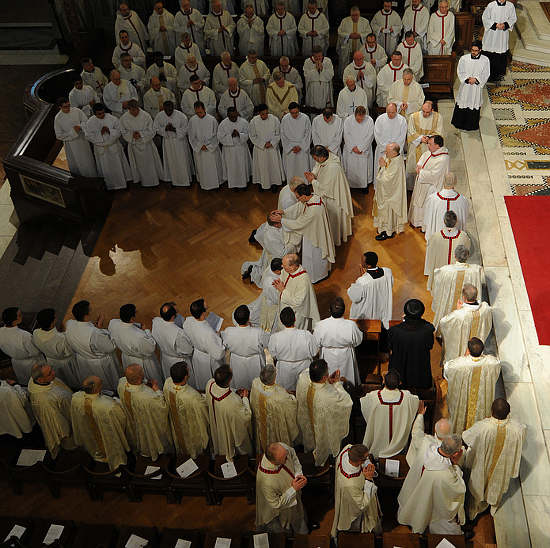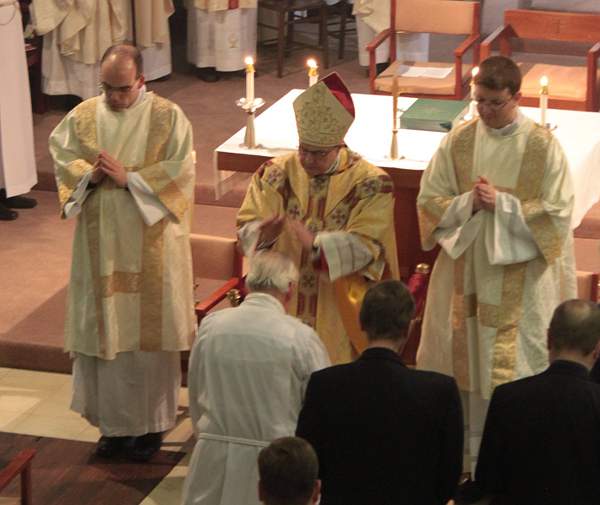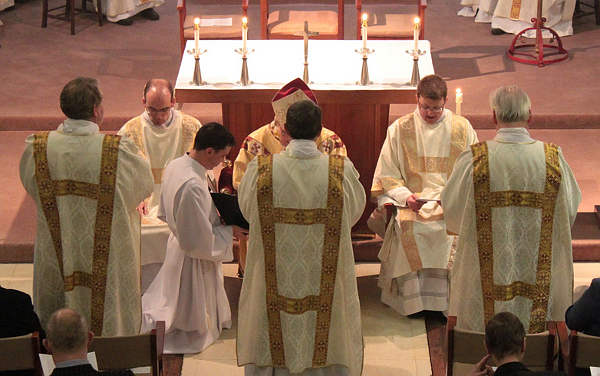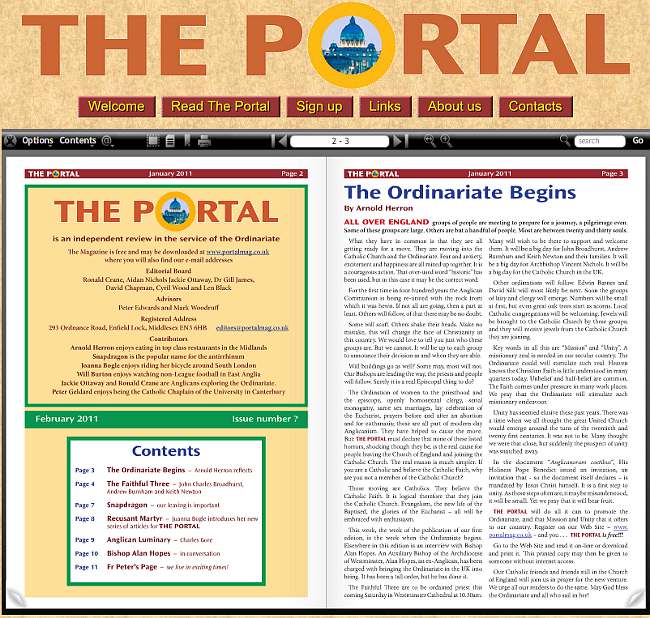Erant perseverantes in doctrina Apostolorum, et communicatione fractionis panis, et orationibus.
I går tok pave Benedikt opp bønneuken for kristne enhet i onsdagsaudiensen – der årets tema er fra Apost.gj. 2,42: «Trofast holdt de seg til apostlenes lære og samfunnet, til brødsbrytelsen og bønnene.» Catholic News Afency har følgende referat av pavens tale:
… Pope Benedict met with pilgrims to Rome in the Vatican’s Paul VI Hall for his weekly general audience. In observation of the annual Week of Prayer for Christian Unity (Jan. 18-25), he based his message on «the gift of full communion.»
Christians take part in the week of prayer for unity «to bear witness to the profound ties that unite them and to invoke the gift of full communion,» said the Pope.
«They devoted themselves to the Apostles’ teaching and fellowship, to the breaking of bread and the prayers» is the theme of this year’s prayer week for the unity of Christians. Pope Benedict said that this passage from the Acts of the Apostles offers a vision of four characteristics that defined the first Christian community in Jerusalem «as a place of unity and love.»
In the teaching of the apostles, in fraternal communion, in the breaking of bread and in prayer are four «pillars» that continue to be the foundation of Christian life and build Church unity, he explained.
Every effort to increase unity must involve increased faithfulness to the teaching of the first Christians, the apostles, the Pope said. «Even today,» he explained, «the community of believers recognizes the norms of its own faith in that reference to the teaching of the Apostles.»
Fraternal communion was «the most tangible expression of unity between disciples and the Lord, especially for the outside world,» he pointed out.
Although it has not been without difficulty, the history of relations between Christians of all types is one of «fraternity, of co-operation and of human and spiritual sharing,» he said.
The Pope moved to the third characteristic, the «breaking of bread,» calling it the «pinnacle» of man’s union with God. As a way of unifying oneself with Christ’s sacrifice, he said, «it also represents the completeness of the unity of Christ’s disciples, full communion.»
Christians’ prayers take on a «penitential dimension» when one considers that at this moment it is impossible to share the Body of Christ with all Christians in the Eucharist, the Pope said.
He encouraged a «more generous commitment» to eventually bring Christians together in full communion, «breaking the Eucharistic bread and drinking from the same chalice.»
The final «pillar,» he said, is that of prayer. It means being open to the fraternity offered to Christians as the children of God, but also «it means being ready for forgiveness and reconciliation,» he explained. …


